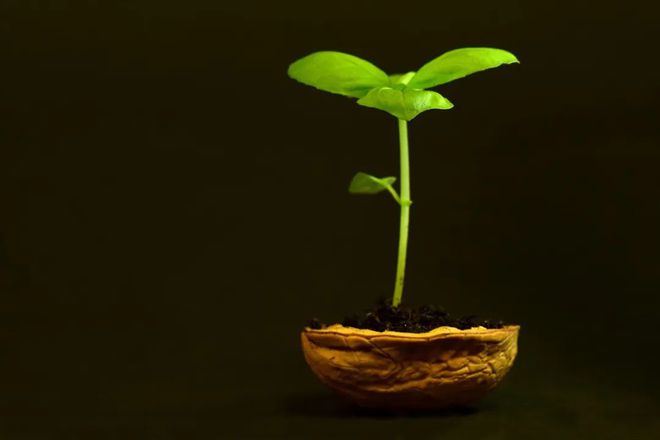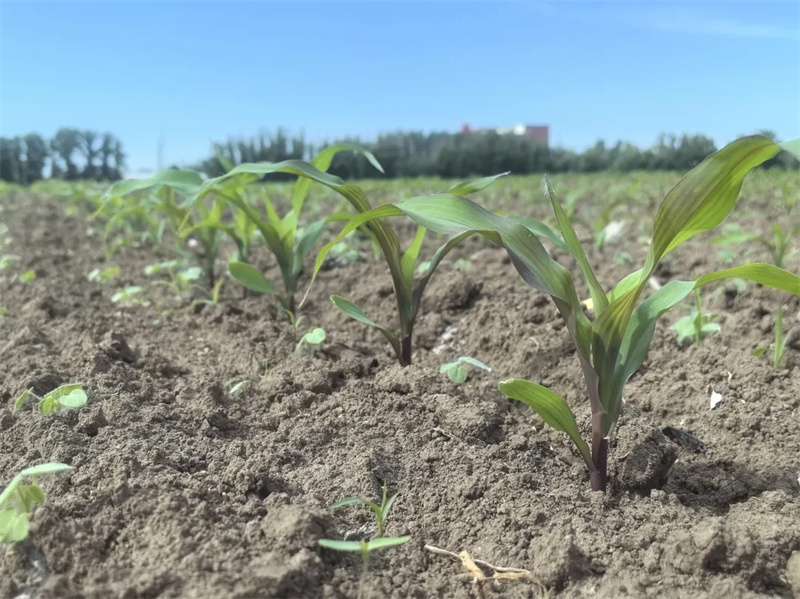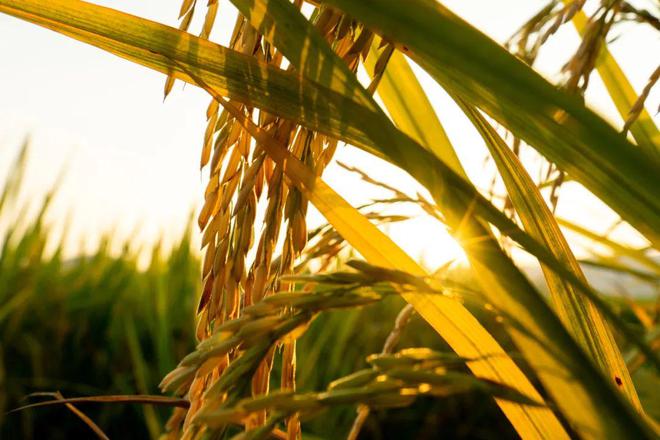Starting the Seeds: Chilli seeds germinate at soil temperatures of, 20 - 35C with 30C ideal. Plant the seeds in a moist, not wet sterile potting medium in pots or flats - 1mm deep and - 2mm apart and cover with plastic at least 8 and preferably 10 weeks before the last frost date for your area. Water should be boiled to sterilize it and if it comes from a public water system should sit for a day prior to sterilization to allow chlorine to dissolve. Once the seedlings are up, remove the plastic cover, but do not let the soil dry out. If the seedlings are allowed to wilt, they may not die, but their growth will be set back. Some of these seeds take a long time to germinate, but they should do so using these instructions.
Transplanting: When the first true leaves (pointed) reach 3/8" to 1/2" wide the seedlings can be transplanted to bigger pots. Soil temperatures should be kept to a minimum of 18 C for fastest growth. Most good potting soils contain some nutrients, but a good non-burning liquid high phosphorous fertilizer can improve root growth which is most important at this stage. Apply according to package directions about once a week. Phosphorous is the middle number between Nitrogen and Potassium.
Hardening Off and Setting Out: About two weeks prior to planting in the garden, begin hardening the plants gradually increasing the amount of sunlight and wind which they are exposed to. Any good gardening book will explain more about this procedure. Before transplanting, be sure that the soil temperature is at least 17 C. If it is not that high, the blossoms will drop and you'll get leaves, but no chillis. When transplanting from containers, there will be some root damage which will slow the plants, so try to be as careful as possible. If cutworms are a problem in your area, a paper cup with the bottom cut out, placed around the stem about 1/2" into the ground should protect the stem. Fertilize with high quality fertilizer. We like to use a balanced one like 15-15-15.
Growing and Harvesting: Now that your chilli plants are in the garden, keep them watered, fertilized, protected from the wind, but getting lots of sunshine. Keep a lookout for pests. The major pests we've encountered are aphids, and they can build up rapidly. You can try organic controls such as liquid dish soap and water, or spray with a chemical such as Diazanon solution only when you see a build-up. Remember to follow label directions and don't harvest until the proper number of days after spraying. The Diazanon label says five (5) days for chillis. You can harvest your chillis when they are green, but they're so much prettier if you wait until they turn to orange or red or yellow or brown.
Growing Indoors: Chillis are actually perennials, which are usually grown as annuals. This year we intend to grow our chillis which we will move indoors for the winter in pots so we won't have to transplant them in the autumn. Chillis which are moved indoors often lose their leaves. We now have enough information from other gardeners to believe that chillis may be deciduous. Some of them grow as big as trees and maybe they just lose their leaves like oak trees. |

















